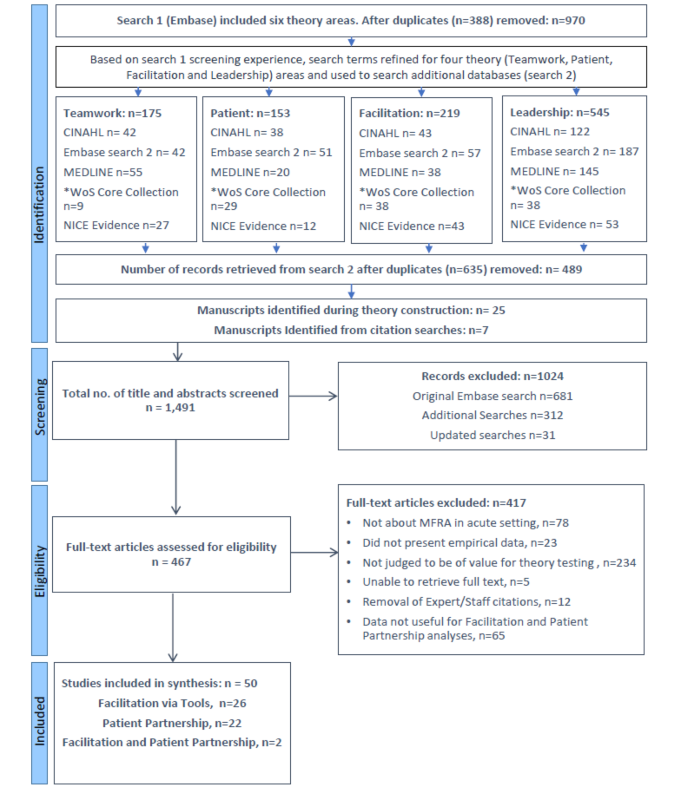The Greatest Guide To Dementia Fall Risk
Table of ContentsNot known Factual Statements About Dementia Fall Risk 3 Easy Facts About Dementia Fall Risk DescribedGetting The Dementia Fall Risk To WorkThe Facts About Dementia Fall Risk Uncovered
A fall threat evaluation checks to see just how most likely it is that you will drop. It is primarily provided for older grownups. The assessment typically consists of: This consists of a collection of inquiries regarding your overall health and wellness and if you've had previous drops or troubles with balance, standing, and/or walking. These devices check your strength, equilibrium, and gait (the means you stroll).STEADI includes screening, analyzing, and treatment. Treatments are referrals that may reduce your risk of dropping. STEADI consists of 3 actions: you for your danger of succumbing to your threat aspects that can be enhanced to attempt to stop drops (for instance, equilibrium troubles, damaged vision) to reduce your danger of dropping by using effective methods (for instance, providing education and sources), you may be asked a number of inquiries consisting of: Have you fallen in the previous year? Do you really feel unsteady when standing or strolling? Are you fretted about falling?, your service provider will evaluate your toughness, equilibrium, and gait, using the following loss evaluation tools: This examination checks your gait.
If it takes you 12 secs or more, it may indicate you are at higher danger for a loss. This test checks toughness and equilibrium.
The positions will certainly obtain more difficult as you go. Stand with your feet side-by-side. Move one foot halfway onward, so the instep is touching the huge toe of your various other foot. Relocate one foot completely in front of the various other, so the toes are touching the heel of your other foot.
What Does Dementia Fall Risk Mean?
The majority of falls take place as a result of multiple contributing aspects; therefore, taking care of the risk of dropping starts with determining the variables that contribute to drop threat - Dementia Fall Risk. A few of one of the most appropriate risk aspects consist of: History of previous fallsChronic clinical conditionsAcute illnessImpaired gait and equilibrium, reduced extremity weaknessCognitive impairmentChanges in visionCertain high-risk medications and polypharmacyEnvironmental factors can also raise the threat for falls, including: Insufficient lightingUneven or harmed flooringWet or slippery floorsMissing or damaged handrails and order barsDamaged or incorrectly equipped devices, such as beds, wheelchairs, or walkersImproper usage of assistive devicesInadequate guidance of the people living in the NF, consisting of those who display aggressive behaviorsA effective fall threat administration program calls for a thorough scientific assessment, with input from all members of the interdisciplinary group

The care plan must also consist of interventions that are system-based, such as those that advertise a secure setting (ideal illumination, hand rails, order bars, and so on). The efficiency of the treatments should be assessed regularly, and the care strategy changed as required to reflect changes in the fall danger analysis. Carrying out a fall danger management system using evidence-based finest method can minimize the occurrence of falls in the NF, while restricting the capacity for fall-related injuries.
The Facts About Dementia Fall Risk Uncovered
The AGS/BGS standard recommends screening all adults aged 65 years and older for fall danger each year. This testing contains asking individuals whether they have actually dropped 2 or even more times in the past year or looked for medical focus for an autumn, or, if they have not dropped, whether they feel unsteady when strolling.
People that have actually dropped once without injury should have their equilibrium and gait reviewed; those with stride or balance irregularities must receive additional analysis. A history of 1 autumn without injury and without gait or equilibrium troubles does not call for further assessment past continued annual fall risk screening. Dementia Fall Risk. An autumn threat assessment is required as component of the Welcome to Medicare examination

The Only Guide to Dementia Fall Risk
Documenting a falls history is one of the top quality indicators for fall prevention and management. A critical component of threat analysis is a medication evaluation. Numerous courses of drugs raise autumn risk (Table 2). Psychoactive medications particularly are independent forecasters of drops. These drugs often tend to be sedating, YOURURL.com alter the sensorium, and harm balance and gait.
Postural hypotension can often be minimized by reducing the dose of blood pressurelowering medications and/or quiting drugs that have orthostatic hypotension as an adverse effects. Use above-the-knee support tube and copulating the head of the bed raised might likewise reduce postural reductions in high blood pressure. The recommended aspects of a fall-focused checkup are received Box 1.

A yank time more than or equivalent to 12 secs suggests high loss threat. The 30-Second Chair Stand examination examines reduced extremity strength and equilibrium. Being unable to stand up from a chair of knee elevation without using one's arms indicates boosted loss threat. The 4-Stage Equilibrium examination assesses static equilibrium by having the individual stand in 4 placements, each gradually a lot more challenging.